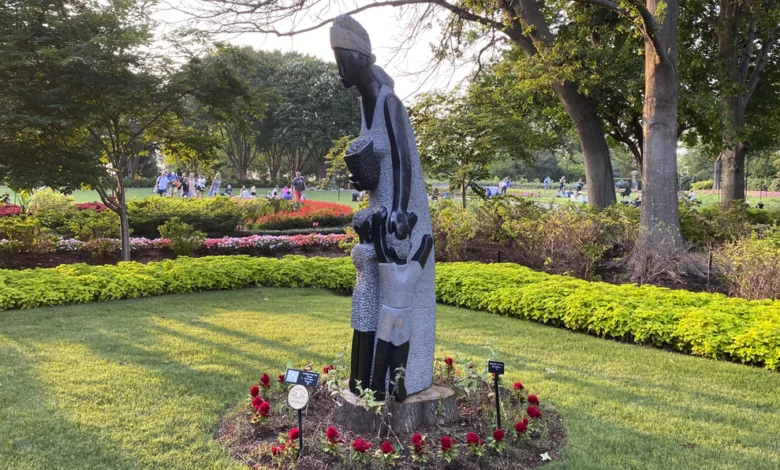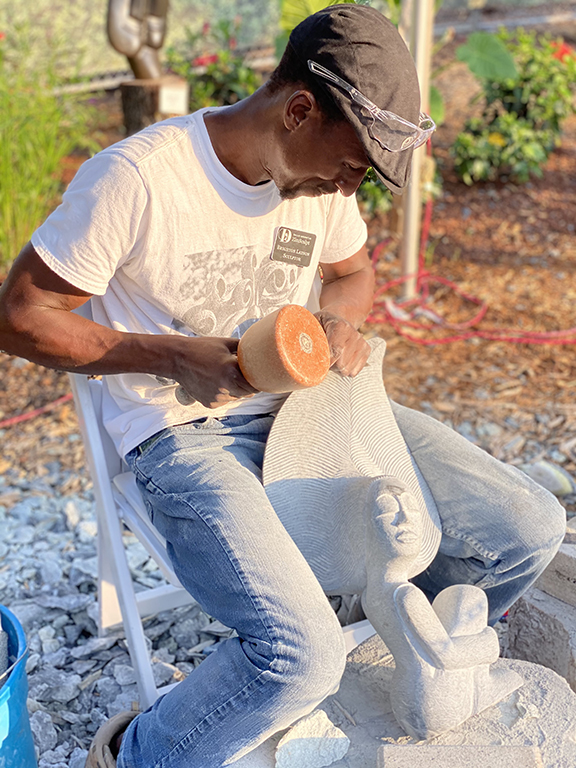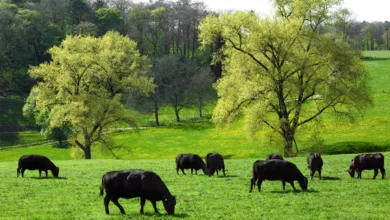The Sculptors of Zimbabwe: A Gift to the World

A Gift to the World
By: Vivienne Croisette | Founder of ZimSculpt ~
ZimSculpt was created in 2000, after I met a representative of Zimbabwean sculpture at an art exhibition in the UK. I was invited to Zimbabwe to see if I could promote their work in London galleries and initially left for just three weeks.
After traveling back and forth to Zimbabwe, curating many UK exhibitions, I decided to invest my life and career in Zimbabwe. I created the ZimSculpt website to document the biographies of every sculptor I work with on this project.
Twenty years later, I now promote more than 200 sculptors across seven regions and 23 different art centers. We now exhibit every year in botanical gardens across North America. We’ve shown sculptures all over the UK, Germany, the Middle East, and Canada.
Zimbabwean sculpture began in the late 1950s by a Scotsman, Frank McEwan, who went to what was then called Rhodesia to work as the first-ever Director of The National Gallery of Rhodesia.
McEwan taught the gallery’s janitors to paint. Then one of his students, Nicolas Mukomberanwa, brought him a piece of stone. McEwan had the vision to get these freshman sculptors tools and to start a sculpting workshop.
At first, there were just half a dozen sculptors. They were called First Generation, and we display their work at our exhibition on a table specially dedicated to them. These are museum-quality.
We are now working with the Fourth Generation!
Most sculptors find inspiration from what they see around them in day-to-day life, from their wives and mothers looking after their children, gardening, working in the fields, or fetching water, to the many beautiful birds in Zimbabwe, such as owls, egrets, storks, and heron.
Some younger artists are now creating gorgeous abstracts in many different types of stone, making gravity-defying, awe-inspiring twists and twirls in stone.

Sculptors’ tools are basic; many sculptors in rural areas do not have electricity, so they learned the old ways of stone masonry with hammers, chisels, rasps, and sandpapers.
The sculptor goes through each stage diligently, defining the piece of stone step by step. Usually, the stone is double the size of the final sculpture, but it takes all that work to get the depth and three dimensions of the final creation.
First, it is the shaping of the stone, and then the definition of the piece, smoothing it with a rasp. Next comes the sandpapering, using up to 10 different grits to get the smooth finish.
To finish off some pieces, sculptors may polish it using a blowtorch to make the stone’s pores expand. They then apply a wax that melts into the stone.
Once the stone has cooled, the stone surface retracts, trapping the wax deep inside. A damp cloth buffed up over the stone both seals and shines the sculpture to its final glory.
Come see these incredible sculptures at the Dallas Arboretum!






